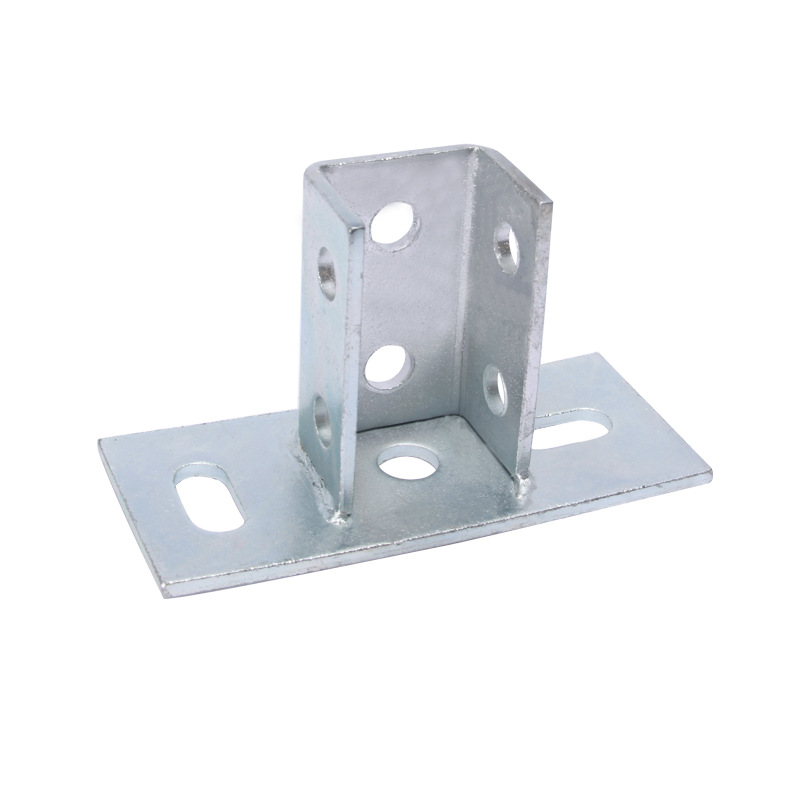

self tapping screws wood to metal
Nov . 08, 2024 20:09 Back to list
self tapping screws wood to metal
Self-Tapping Screws A Guide for Wood to Metal Applications
When it comes to construction and assembly, fasteners play a crucial role in ensuring dependability and structural integrity. Among the various fasteners available, self-tapping screws have gained significant popularity, especially when connecting wood to metal. This article will delve into the characteristics, advantages, and best practices of using self-tapping screws in wood-to-metal applications.
What Are Self-Tapping Screws?
Self-tapping screws are specially designed fasteners that can create their own holes in materials as they are driven in. Unlike standard screws, self-tapping screws possess a sharp or pointed end that penetrates the material without the need for pre-drilled holes. Although they are commonly used in metal applications, their versatility allows them to be effective when connecting wood to metal surfaces.
Advantages of Using Self-Tapping Screws
1. Time Efficiency One of the most notable advantages of self-tapping screws is the time saved during the installation process. Since they do not require pre-drilling, the assembly process is quicker, which increases overall productivity.
2. Strong Hold Self-tapping screws offer a strong mechanical hold, especially when used correctly. The threads of these screws grip the host material firmly, making them less likely to loosen over time, even under vibration or movement.
3. Versatility These screws are available in various sizes, materials, and coatings, making them suitable for a wide range of applications, from light-duty assemblies to heavy-duty structural projects. They can be made from materials like stainless steel, carbon steel, and even plastic, allowing for use in different environments and conditions.
4. Cost-Effective In comparison to other fastening options, self-tapping screws can be more economical when considering the reduction in labor costs and the need for fewer materials (i.e., eliminating drill bits).
Choosing the Right Self-Tapping Screw
To achieve the best results when connecting wood to metal, selecting the appropriate self-tapping screw is essential. Here are factors to consider
self tapping screws wood to metal

1. Material Compatibility Ensure that the screw material is compatible with both the wood and metal you’re working with. For example, for outdoor applications where corrosion could be an issue, stainless steel screws are a good choice.
2. Screw Length and Diameter The length and diameter of the screw need to be appropriate for the thickness of the wood and metal being joined. Generally, the screw should be long enough to penetrate the wood and engage with the metal, but not so long that it protrudes excessively or compromises structural integrity.
3. Thread Design Different thread designs serve different purposes. Fine threads are usually better for metal, while coarse threads are more effective in wood. Some self-tapping screws come with a combination of both to enhance grip and stability.
Installation Tips
1. Use a Suitable Drill Although self-tapping screws do not require pre-drilling, using a power drill to drive them in can improve efficiency. Be mindful of the speed setting; too high a speed can generate excessive heat, affecting the screw’s performance.
2. Apply Appropriate Torque When installing self-tapping screws, avoid using excessive force which can strip the threads and compromise the hold. Use a torque setting on your drill to ensure consistent pressure.
3. Consider Wood Density Denser woods may require a pilot hole, as the increased resistance could break the screw. For softer woods, self-tapping screws can usually be driven in without pre-drilling.
4. Space Wisely When installing multiple screws in a project, ensure they are spaced appropriately to avoid splitting the wood and to provide adequate strength across the joint.
Conclusion
Self-tapping screws are an invaluable tool when it comes to joining wood to metal. Their ease of use, strong hold, and versatility make them ideal for various applications — from furniture construction to structural frameworks. With the right selection and installation techniques, you can ensure a durable and reliable connection that meets your project's needs. Whether you’re a seasoned contractor or a DIY enthusiast, mastering the use of self-tapping screws will undoubtedly enhance your fastening skills and project outcomes.
Latest news
-
High-Strength Hot Dip Galvanized Bolts - Hebei Longze | Corrosion Resistance, Customization
NewsJul.30,2025
-
Hot Dip Galvanized Bolts-Hebei Longze|Corrosion Resistance&High Strength
NewsJul.30,2025
-
High-Strength Hot-Dip Galvanized Bolts-Hebei Longze|Corrosion Resistance&High Strength
NewsJul.30,2025
-
Hot Dip Galvanized Bolts-Hebei Longze|Corrosion Resistance&High Strength
NewsJul.30,2025
-
Hot Dip Galvanized Bolts - Hebei Longze | Corrosion Resistance, High Strength
NewsJul.30,2025
-
High-Strength Hot Dip Galvanized Bolts-Hebei Longze|Corrosion Resistance, Grade 8.8
NewsJul.30,2025

